The Montreal Metro: A Brief History
Welcome to Part 2 of Montreal Snapshot, a series showcasing all things unique to the great city of Montreal.
Today, we’ll be having a look at one of the city’s lifelines: the famed Montreal Metro system.
On any given day, over a million people are hurtled underground through tunnels and architecturally distinctive stations. (Seriously – the weekly average in 2018 was 1,367,200 daily riders). That makes it Canada’s second busiest rapid transit system, and North America’s fourth.
The history of public transportation in Montreal is a rich one, dating back to 1861 when horse-drawn trams (or streetcars) carried passengers through downtown. As congestion on street level steadily increased, city planners looked underground for the solution.
A century after these humble horse-drawn beginnings, the underground transit concept had become a city-wide obsession. The election in 1960 of Mayor Jean Drapeau and his right-hand man Lucien Saulnier put the idea into motion. A blueprint was put forth in 1961, and on May 23rd, 1962, construction began.
Originally, the Metro consisted of two lines: Green and Orange. The Green line traveled between Sherbrooke and Ste. Catherine Streets (roughly parallel to Boulevard De Maisonneuve), from Atwater to Frontenac stations. The Orange Line initially spanned from Bonaventure to Henri Bourassa stations.
At the project’s peak, it employed over 5,000 people.
The Metro opened gradually, as individual stations were completed, between October 1966 and April 1967. It was a phenomenal success, with over 130 million trips recorded in its first year!
The opening coincided with the spectacular Expo 67, and millions of eager fair visitors used the new system to get around the city.
Fun Fact: infill obtained from the Metro excavation was used to enlarge Notre Dame Island, St. Helen’s Island, and several smaller islands to form Parc Jean Drapeau.
The Metro has expanded over the years. The Yellow line leads across to Longueil, while the Green line now stretches as far as Honoré Beaugrand and Agrignon. The Orange line goes off-Island to Montmorency, and as far as Cote-Vertu on the west side. A Blue line, running north of the mountain, was also built.
Unlike other subway or metro systems, which employ steel wheels and tracks, Montreal’s Metro runs on rubber wheels and rolling pads. This means faster acceleration, shorter breaking distances, and a smoother ride!
You may have noticed the eye-catching design and architecture of the various Metro stations. This was very deliberate. A competition was held among architects to determine the design of each station, and as a result, no two are quite alike. Bold use of steel and concrete gave way to stunning examples of the Modernist and International styles, the pinnacles of 1960s design.
Throughout the Metro system, over 100 examples of public art have been installed, the works of renowned Quebecois artists. They range from stained glass, mosaic murals, sculptures, light fixtures and more. This lends each metro station its own personality and character.
One of the best known of these public artworks is the magnificent stained-glass façade of Station Champ-de-Mars, the work of painter and stained-glass artist Marcelle Ferron. The sun pours through the bright colours of the stained glass walls, creating a dramatic effect.
Over 50 years after it first opened to the public, the Metro remains a popular and iconic Montreal feature, and plans are already in the works for future expansion!
A vibrant language and cultural organization, LRDG is committed to sharing the bilingual beauty of Montreal.
We’ve provided language instruction to over 25,000 learners in our history! If you’d like to learn more about what we offer, and how we can help you, please drop us a line in the form below. We’d love to hear from you!








